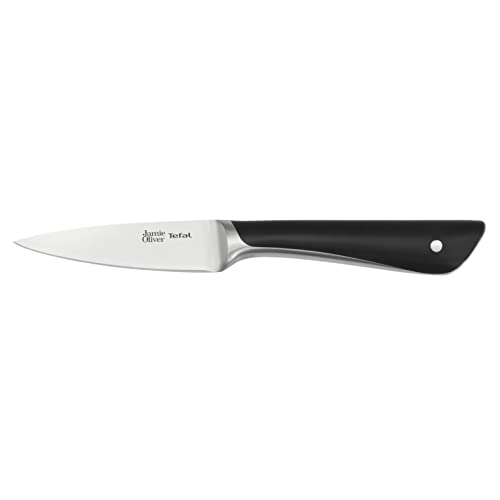What is the ideal weight for a paring knife?
When it comes to kitchen knives, finding the right weight is crucial for achieving optimal performance. This is especially true for paring knives, which are commonly used for intricate tasks such as peeling, slicing, and trimming. The ideal weight of a paring knife can vary depending on personal preference and the specific task at hand. However, there are some general guidelines to consider when determining the ideal weight for a paring knife.
Understanding the Purpose of a Paring Knife
Before discussing the ideal weight for a paring knife, it’s important to understand its purpose. Paring knives are primarily used for precision tasks that require control and finesse. These tasks often involve handling small fruits and vegetables, removing seeds, deveining shrimp, or creating decorative garnishes. The narrow blade and pointed tip of a paring knife make it well-suited for these delicate tasks.
Lighter Knives for Precision Tasks
For precision tasks that require intricate maneuvers, a lighter paring knife is generally preferred. A lighter knife offers greater control and maneuverability, allowing for more precise cuts. This is especially important when working with small and delicate ingredients, as a heavy knife may be more likely to slip or cause damage. A lighter paring knife can also help reduce fatigue during prolonged use.
Heavier Knives for Tougher Ingredients
While a lighter paring knife is ideal for precision tasks, a heavier knife may be more appropriate when working with tougher ingredients. For example, when peeling or trimming larger fruits and vegetables with thick skins or dense flesh, a heavier knife can provide the necessary force and stability to accomplish the task with ease. Additionally, a heavier knife can also be useful when working with ingredients that require more force to cut through, such as hard cheeses or root vegetables.
Balancing Weight and Durability
When considering the ideal weight for a paring knife, it’s also important to balance weight with durability. While a lightweight knife may offer greater control and precision, it may be more prone to chipping or bending, especially when used with force or on harder ingredients. On the other hand, a heavier knife may be more durable but could sacrifice some maneuverability. Finding a balance between weight and durability is key to ensuring the longevity and performance of a paring knife.
Personal Preference and Comfort
Ultimately, the ideal weight for a paring knife also depends on personal preference and comfort. Some individuals may prefer a heavier knife for added stability and strength, while others may opt for a lighter knife for enhanced control and agility. It’s recommended to try out different weights and handle designs to determine what feels most comfortable and natural in the hand. Investing in a high-quality paring knife that matches individual preferences can greatly enhance the cooking experience.






